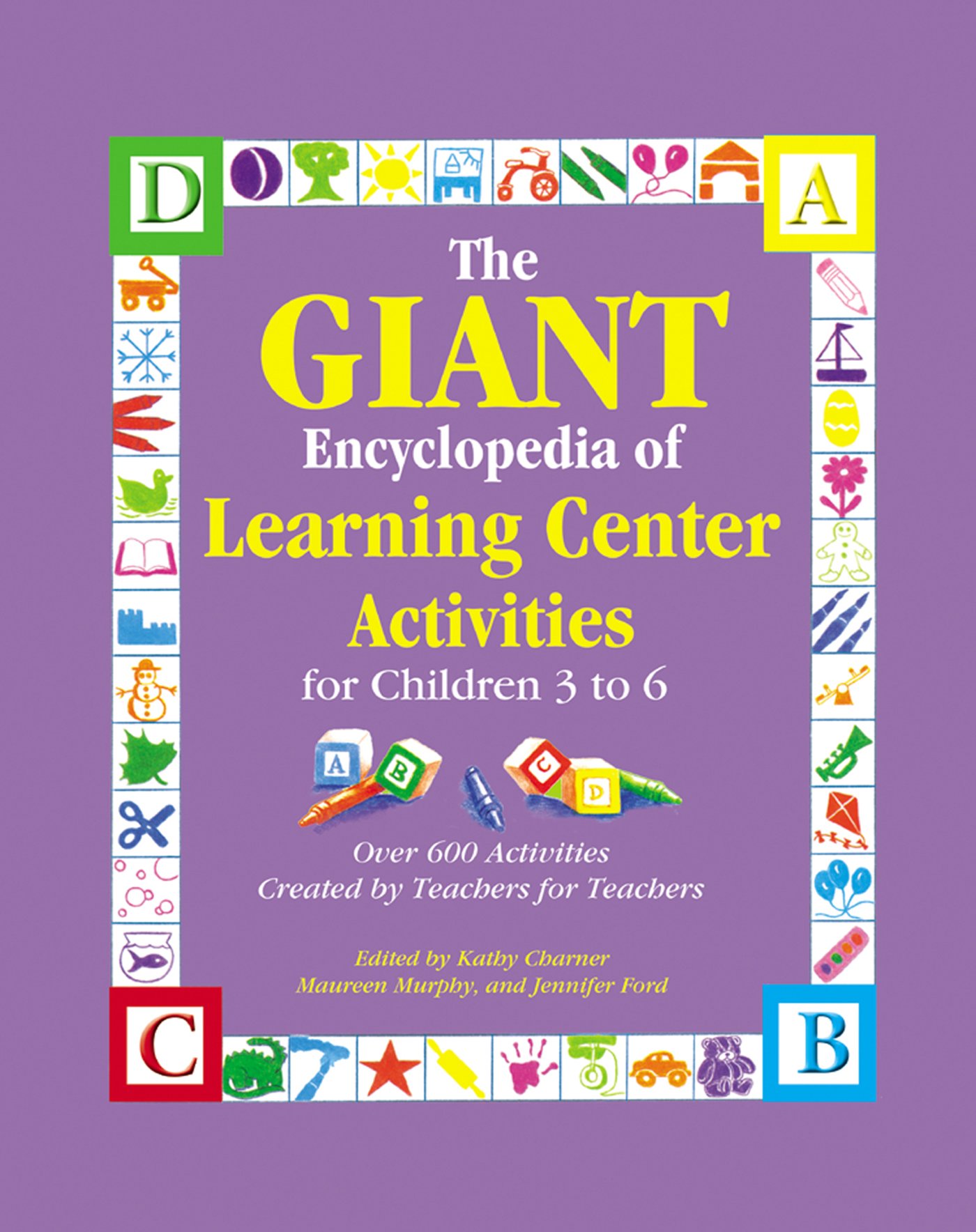Materials
- shovel
- ruler or yardstick
- large plastic jar with a tight-fitting lid
- water
- coffee filters
- fine mesh strainer
- magnifying glasses
- wax paper
- white craft paper
- crayons or markers
Instructions
- Find a place outside where you can dig a hole at least one foot deep. Before digging, carefully remove the grass in large pieces so it can be replaced when you are done.
- Show the children how to use the shovel. Let them take turns digging.
- Occasionally stop digging and use the ruler to measure the depth of the hole. Help them to determine if they need to keep digging.
- When the hole is one foot deep, ask the children to collect some dirt from the hole and place it in the plastic jar about halfway full.
- Put the remaining dirt back in the hole and carefully replace the grass, tamping it down lightly.
- Fill the rest of the jar almost to the rim with water. Screw the lid on tightly.
- Let the children take turns shaking the jar vigorously. Encourage them to observe the materials in the jar. Record their thoughts.
- Place the jar where the children can observe it, yet where it will not be jostled.
- Encourage the children to draw pictures of what they see in the jar. Label the pictures "Day One" and display them for a day or so, (keep them for later use). Let the water in the jar settle for one day.
- On the second day, encourage the children to note any changes in the jar. By now, the dirt and water should have separated into two definite layers, and the dirt should have separated into two or three layers, depending on the type of soil.
- Ask the children to draw pictures of what they observe in the jar. Label the pictures "Day Two" and display them for a day or two (keep them for later use).
- Put a coffee filter in the fine mesh strainer. Ask a child to open the jar. Most likely, there will be an odor in the water. Encourage the children to smell the water and comment on the odor. Record the children's thoughts.
- Carefully pour off the top layer of water through the coffee filter. Try not to jostle the jar. Replace the lid and put the jar back in its place. Remove the coffee filter from the strainer and straighten it out on a flat area.
- Let the children use magnifying glasses to explore what is on the coffee filter. Encourage them to talk about what they see through the magnifying lens.
- Ask the children to draw pictures of what they see. Label the pictures "Through the Magnifying Glass" and display them for a day or two (keep them for later use). Let the jar sit for another day.
- On the third day, encourage the children to note any changes in the jar. Have them draw pictures of the jar, label them "Day Three," and display them for a day or two (keep them for later use).
- Remove the jar lid and use a spoon to scoop out the top layer of dirt. Try not to disturb the remaining layers. Spread the dirt on wax paper. (Do not use newspaper or paper towels as they wick the water out of the dirt too quickly.)
- Replace the lid and put the jar back in its spot. Encourage the children to explore the dirt. Talk with them about what they find in the dirt.
- Let the children draw pictures of what they find in the dirt. Label the pictures "Dirt Layer One" and keep them for later use.
- On the fourth day, repeat steps 17 through 19 for the remaining layers of dirt. Label any pictures the children draw with the appropriate dirt layer number.
- Gather all the pictures the children have made. Ask the children to sort the pictures by the day they drew them.
- Bind the pages together (with a cover) into individual books. Ask the children to describe what they drew in each picture and add the descriptions to the book. Related books Harry the Dirty Dog by Gene Zion Mud Puddle by Robert Munsch
Instructions
1. Collect a bunch of special toys that the children would not ordinarily play
with on a daily basis.
2. Put these toys in a large pocket or container and label it "Rainy Day Bucket."
3. On rainy days only, take out the bucket for children to play with as a special
activity.
4. You can also make one for "Snowy Days."
